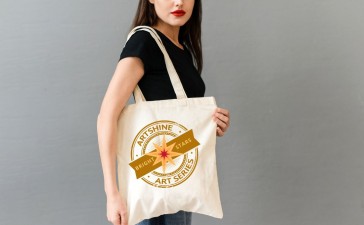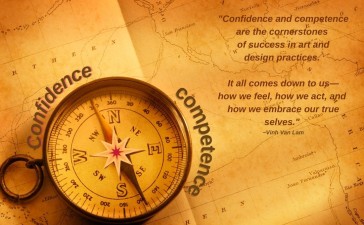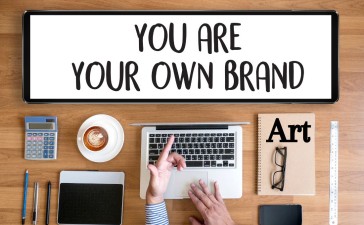Nowadays, whenever you enter a corporate building, there is usually a work of art for you to enjoy. Although some buildings boast interesting architecture, the interior design is usually just as pleasing to look at. Companies use art to express that they are more than just mechanical cogs in the economic machine. After all, paintings and sculptures are personal, drawn from personal experiences and inspiration.
Art is a medium to express thoughts, emotions, and virtues, among other things. Whatever businesses decide to put on display is a reflection of their beliefs and how they function. When their collection is noticed or observed by a patron, it will ultimately be up to the customer whether they agree with the company’s vision or not. This is a reason why entrepreneurs consider purchasing artwork as a form of corporate social responsibility.
It is also a symbol of wealth and progress. When expensive, renowned pieces find themselves in the lobby of an office building, passersby will have the notion that this company is great with money. For frequent visitors, they are likely to notice the difference and think that the business is doing great. Aside from how much the artwork costs, it shows that the owners have a good eye for talent and innovation.
Due to the implications of art, curators hired by companies are careful with their job. There are certain works that they cannot purchase. However, there seem to be common aesthetics, such as the following:
1. Nature
Evocative landscapes provide employees and clients with escape. Curators pick out certain works that can help relax everyone who comes by it. So if you are looking to be the go-to artist for a company, building a network will help. You could even learn how to grow a Facebook group to make it easier for artists and curators to communicate. It will allow you to plug your art and get a glimpse of the available paintings and sculptures from other artists.
Since nature is experienced on a personal level, people will have their own interpretation of the piece. So long as it is not controversial, it is more likely to be chosen by a curator. Remember, the artwork that is displayed on the premises of a business is a reflection of its beliefs. A sculpture or painting that projects an emotive opinion on a divisive matter can be a public relations nightmare. Therefore, nature is a safe subject to portray for those interested in getting their work shown by corporations.
2. Dynamic and Abstract
As mentioned earlier, corporations use art to project a message. It is an opportunity to show that they are a growing company and that they can provide solutions to problems that their clients face. Dynamic art displayed in the lobby can express how the business is fast-paced, whether in their growth or their approach to their customers. At the same time, abstract art indicates that the employees think outside of the box.
These forms of art encourage creativity and perseverance in workers until their tasks are complete. Employees often need the extra push to sort out problems they face in the workplace or finish their job before the end of the day. It can also pique the interest of clients and occupy their thoughts in a waiting area. This is a way for companies to inspire confidence, possibly a means to invest in their customer acquisition and their team.
3. Avant-garde
Businesses want to appear forward-looking and innovative. Showcasing avant-garde in their office building emanates that message to clients and investors. These works of art illustrate the talent, creativity, and drive of the company to be disruptors in their industry.
However, similar to nature, this sort of art can become controversial. Curators need to stay relevant in social issues and stay keen on the messages any piece might evoke. Even though artists have the liberty to express themselves, especially in avant-garde, corporations are likely to play it on the safer side of issues so that they can focus on their work.
The main takeaway for those who want to sell art to companies is that even though art is a form of expression, divisiveness in the workplace is generally avoided. Managers want synergy in a team for it to be at an optimal level. Pieces that can help employees focus better, relax and remain creative at work will be preferred by curators and business owners. Being part of a network of curators and artists will give any aspiring artwork a chance at its spotlight.
Want to learn more?
- Just starting out? CLICK HERE
- Been working in your business for two years or more? CLICK HERE
We’re here to help you to take action just like we’ve helped thousands of other entrepreneurs, business owners and creative professionals all around the globe.
Now is the time to let your passion SHINE.
Now is the time to Make Tomorrow Today!
To your success,
Vinh Van Lam & Stuart Horrex
Your Coaches ArtSHINE industries





